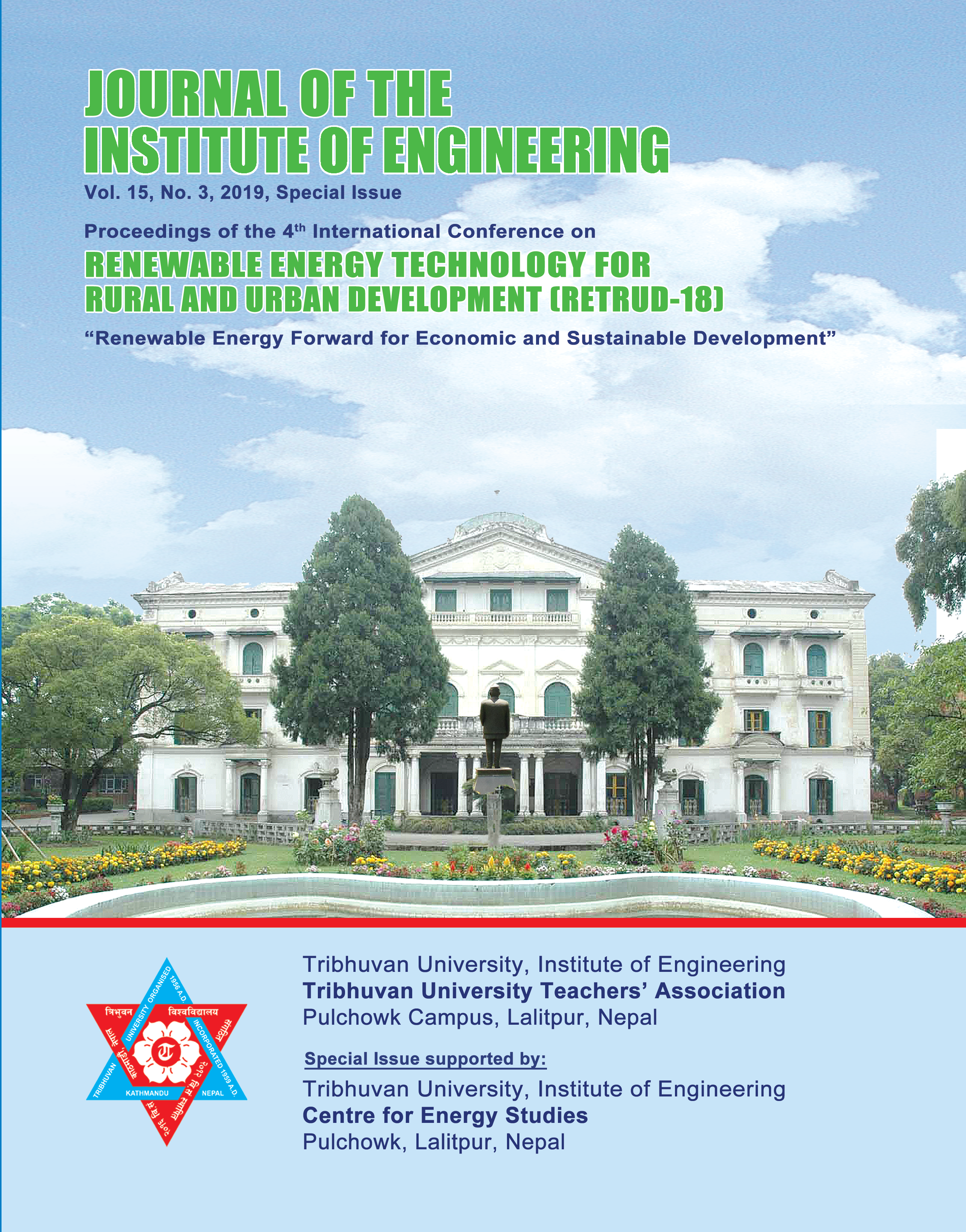Study on Winter Indoor Thermal Environment of Temporary Shelters Built in Nepal After Massive Earthquake 2015
DOI:
https://doi.org/10.3126/jie.v15i3.32217Keywords:
Nepal-Earthquake, Temporary Shelters, Indoor Thermal Environment, Thermal Insulation, Thermal AdjustmentAbstract
Natural disasters and wars are main reasons that force people to leave their homes and consequently require urgent needs including temporary shelters. After massive earthquake 2015, thousands of Nepalese who lost their home were doomed to live in temporary shelters, mostly self-built by using zinc/tarpaulin sheets which can hardly provide sufficient thermal comfort. We need to analyze the thermal characteristics of the temporary shelters for creating a better environment for their own sake. Thus, this study tries to evaluate the winter indoor thermal environment of different types of local materials used for insulation in these investigated shelters. The indoor and outdoor thermal environment was measured by digital data loggers at the 10-minute intervals for winter in thirteen different shaped shelters in main three earthquake affected districts: Gorkha, Sindhupalchowk and Lalitpur. The mean indoor and mean outdoor air temperatures were found 12.3°C and 10.1°C. The total heat loss coefficient estimated in thirteen shelters ranges from 74.8 to 325.9 W/K and their specific values with respect to the ranges from 8.1 to 20.4 W/ (m2.K). These values are very large in comparison to those in ordinary houses; this is the major reason of low indoor air temperature especially during nighttime. This suggests that some insulating materials need to be added or replaced with the materials used for the improvement for better indoor thermal environment.
Downloads
Downloads
Published
How to Cite
Issue
Section
License
The Copyright is held by Journal of the Institute of Engineering, IOE, TU




